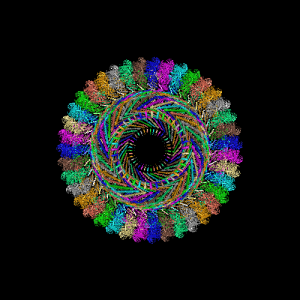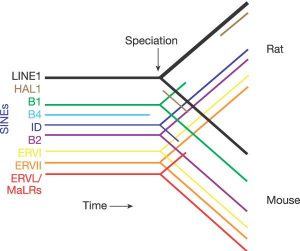
Background
It participates in the regulation of both adhesion and cell morphology and cancer progression. It functions as an anti-adherent molecule that keeps an open filtration pathway between neighbouring foot processes in the podocyte by charge repulsion. It acts as a pro adhesive molecule, enhancing the adhesion of cells to immobilized ligands, increasing the rate of migration and cell-cell contacts in an integrin-dependent manner. Induces actin-dependent apical microvilli formation.
It participates in the formation of a preapical plasma membrane subdomain to establish initial epithelial polarization and formation of the apical lumen during renal tubulogenesis. It plays a role in cancer development and aggressiveness by inducing cell migration and invasion through its interaction with the actin-binding protein EZR. It affects EZR-dependent signalling events, leading to increased activities of MAPK and PI3K pathways in cancer cells.
Product name: Rattus norvegicus Recombinant
Purity: greater than 85% as determined by SDS-PAGE.
Target Names: RatPyV2_gp1

Uniprot No.: A0A2Z2DSF0
Research Area: Others
Alternative Names: VP1 major structural protein
Species: Rattus norvegicus polyomavirus 2
Source: E.coli
Expression Region: 1-344aa
Mole Weight: 44.4 kDa
Protein Length: Total length
Tag Information: N-terminal 6xHis-tagged
Form: Liquid or Lyophilized Powder
Note: We will preferably ship the format we have in stock, however, if you have any special requirements for the format, please remark your requirement when placing the order, we will prepare according to your demand.
Buffer
If the dosage form is liquid, the default storage buffer is Tris/PBS based buffer, 5%-50% glycerol. If the administration form is a lyophilized powder, the buffer before lyophilization is Tris/PBS-based buffer, 6% trehalose, pH 8.0.
Reconstitution
We recommend that this vial be briefly centrifuged before opening to bring the contents to the bottom. Reconstitute protein in sterile deionized water at a concentration of 0.1-1.0 mg/mL. We recommend adding 5-50% glycerol (final concentration) and an aliquot for long-term storage at -20°C/-80°C. Our final default glycerol concentration is 50%. Customers could use it for reference.

Storage Conditions
Store at -20°C/-80°C upon receipt, need to be aliquoted for multiple uses. Avoid repeated cycles of freezing and thawing.
Shelf life
Shelf life is related to many factors, storage condition, buffer ingredients, storage temperature and the stability of the protein itself. Generally, the shelf life of the liquid form is 6 months at -20°C/-80°C. The shelf life of the lyophilized form is 12 months at -20°C/-80°C.
Delivery time: 3-7 business days
Notes: Repeated freezing and thawing is not recommended. Store working aliquots at 4°C for up to one week.

